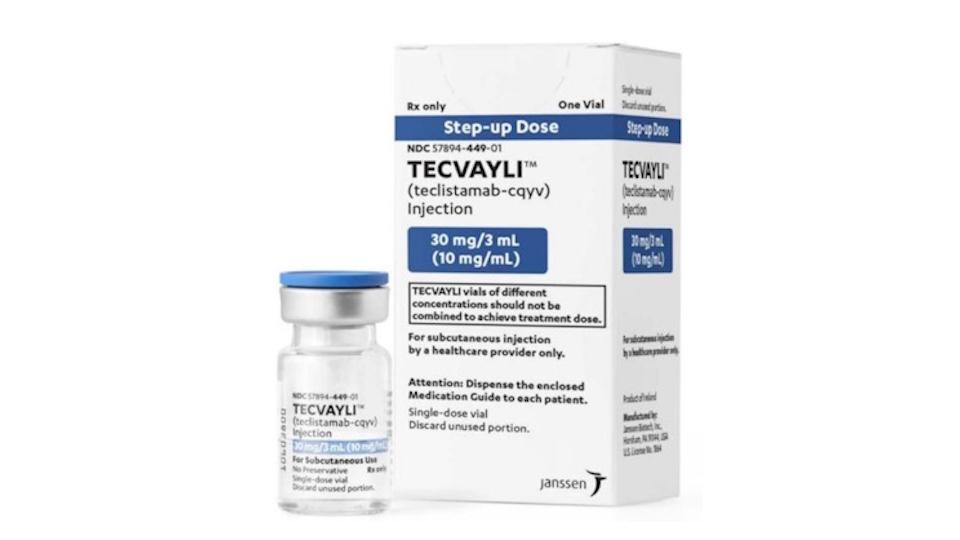ASH: Sanofi’s Sarclisa carves out a multiple myeloma niche

Sanofi’s anti-CD38 antibody Sarclisa has struggled to make headway against Genmab and Johnson & Johnson’s rival Darzalex since it was first approved for multiple myeloma, but new data from the IsKia trial could help breathe new life into the drug.
At the American Society of Haematology (ASH) congress, Sanofi reported that Sarclisa (isatuximab) added to the standard KRd regimen of Amgen’s Kyprolis (carfilzomib), lenalidomide, and dexamethasone improved minimal residual disease (MRD) negativity rates in bone marrow transplant-eligible patients with newly diagnosed multiple myeloma compared to KRd alone.
The 302-subject study showed that 77% of the Sarclisa group achieved MRD negativity at the end of the induction and consolidation phases of treatment, compared to 67% of the KRd group, which was a statistically significant difference.
The result comes shortly after Sarclisa was shown to add a benefit when added to another first-line multiple myeloma regimen for transplant-ineligible patients – VRd (Takeda’s Velcade (bortezomib) plus lenalidomide and dexamethasone) – in the IMROZ study, which is also due for presentation at ASH.
“Effective front-line treatment is critical for newly diagnosed patients, because achieving undetectable levels of disease early in the treatment journey may lead to better long-term outcomes,” commented Sanofi’s head of oncology development, Peter Adamson.
“The statistically significant rates of MRD negativity observed with Sarclisa combination therapy further support our belief in Sarclisa as a potential best-in-class therapy.”
Sarclisa has been FDA-approved since 2020 as a combination with Bristol-Myers Squibb’s Pomalyst (pomalidomide) and dexamethasone for adults with relapsed or refractory multiple myeloma who have received at least two prior therapies, including lenalidomide and a proteasome inhibitor.
It had its label extended a year later to include second-line or later treatment of multiple myeloma as a regimen with Kyprolis and dexamethasone (Kd).
It’s still a long way behind Darzalex (daratumumab) in the market, however, with sales of the two drugs €278 million (around $300 million) and $7.2 billion, respectively, in the first nine months of this year.
J&J and Genmab’s drug has been approved as a first-line therapy since 2018, initially in transplant-ineligible patients and later in transplant-eligible patients, so, the IsKia and IMROZ trial results – if added to the label for Sarclisa – could help Sanofi build some momentum for the product as it tries to reduce its reliance on immunology blockbuster Dupixent (dupilumab).
Sarclisa is also being tested in the phase 3 GMMG-HD7 trial as a combination with VRd in previously untreated transplant-eligible myeloma patients, which could set up regulatory filings in 2025.
It is worth noting that, since 2020, Darzalex has also been cleared in a new subcutaneous formulation, Darzalex Faspro, that can be used in place of the original intravenous formulation, lending another advantage over J&J and Genmab’s drug.
Sarclisa is currently available as an IV formulation only, although, it is developing a subcutaneous version that is in late-stage development.













